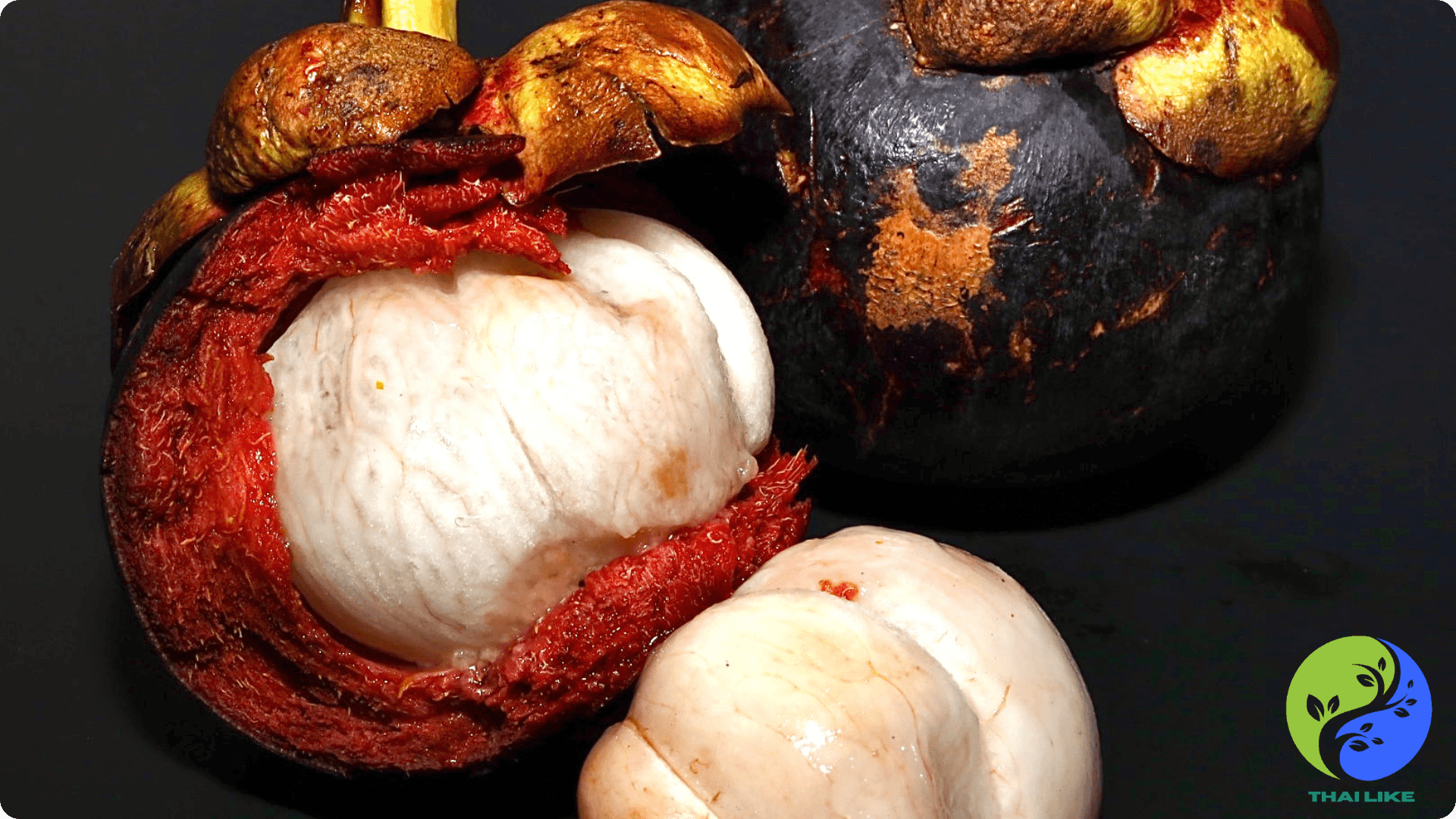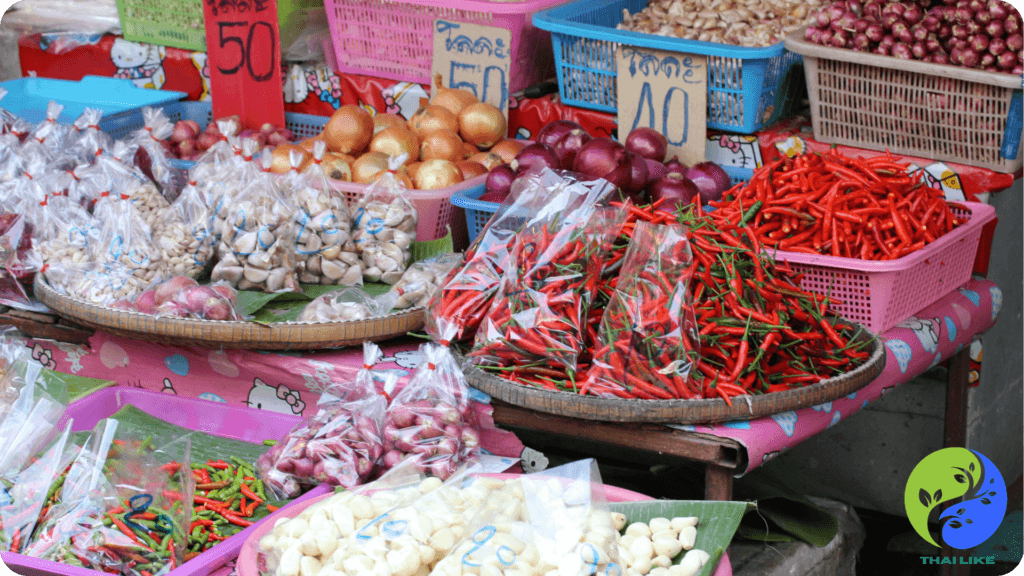Mangosteen in Thailand: Properties, Season, and How to Enjoy It
Named after the Garcinia mangostana tree, the mangosteen has a sweet and sour taste. It's a widely used fruit in Eastern medicine. For example, the peel is used to combat fever and muscle pain.



Characteristics
- Antioxidant.
- Improves the nervous and hepatic system.
- Fights viruses and bacteria
- High levels of potassium.
- The pulp is rich in hydroxycitric acid that inhibits the creation of fat.
- Prevents excess blood cholesterol.
- It provides a feeling of satiety.
- Fights bacteria and fungi because it contains vitamin B12
Curiosities
The rind is not edible. A 15th-century Chinese record described the mangosteen as mang-chi-shih (derived from the Malay term manggis), a plant native to Southeast Asia with white flesh and a delicious sweet and sour flavor.
There is a legend that Queen Victoria of England offered a reward to anyone who could bring her this fresh fruit. The extract from the peel of the mangosteen It is traditionally used in Indonesia as a natural dye for fabrics; in shades of brown and dark brown.



